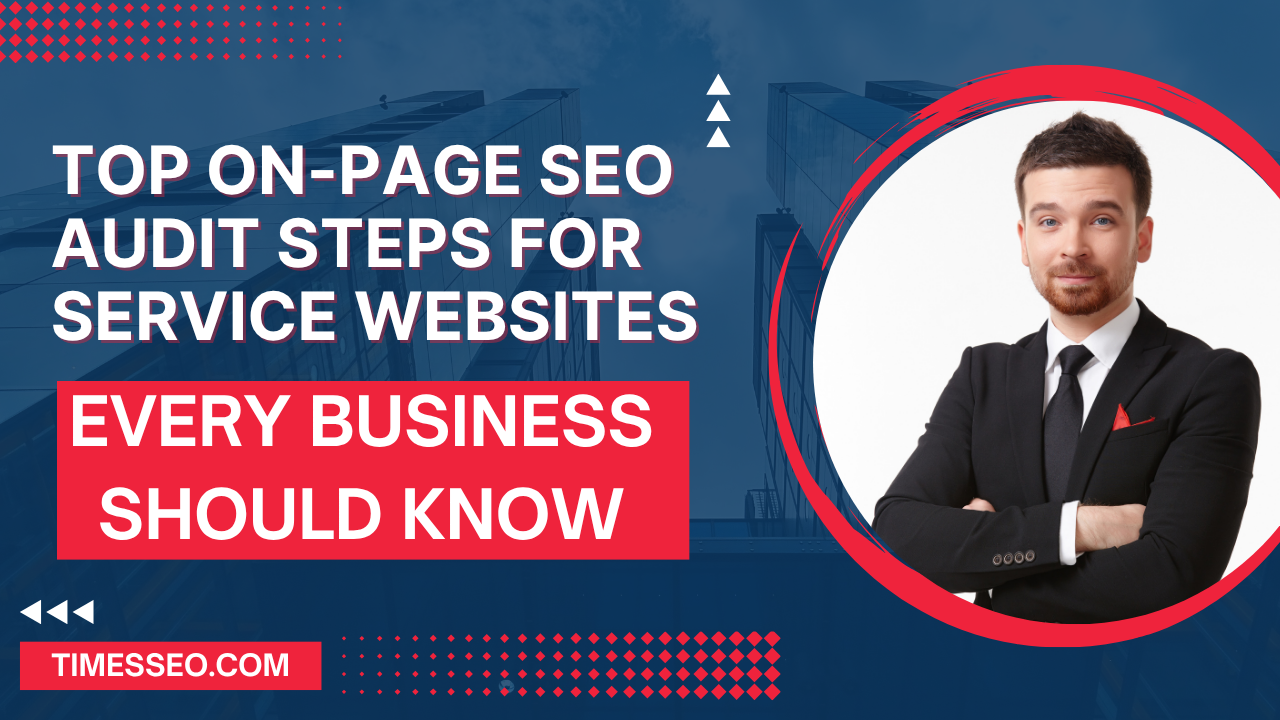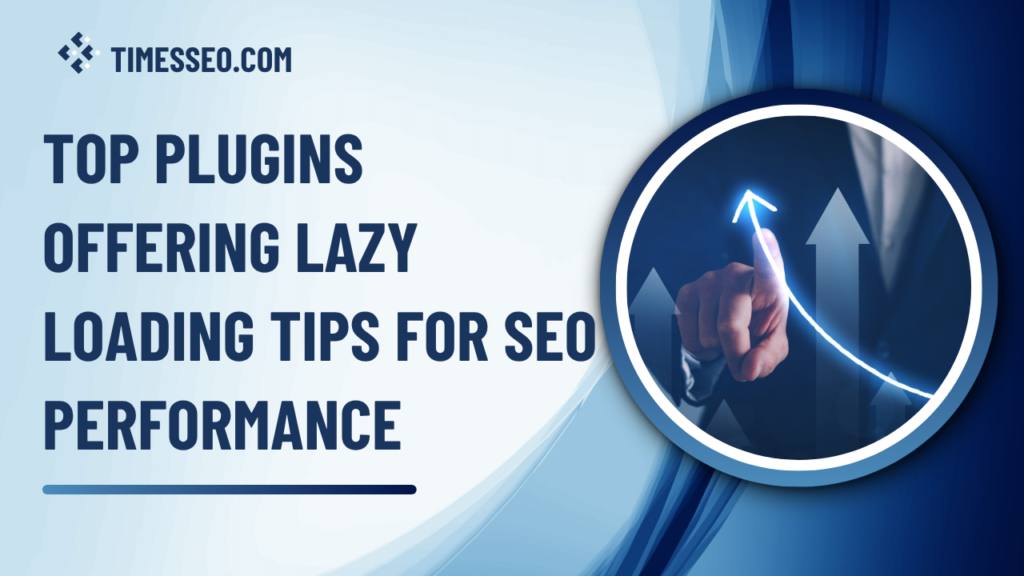
Top Plugins Offering Lazy Loading Tips for SEO Performance
In this in-depth blog post, learn about the top plugins that offer effective lazy loading advice for SEO performance. Learn how lazy loading can significantly improve your website’s speed, user experience, and search engine rankings. From beginner-friendly tools to advanced optimization plugins, this guide covers everything you need to implement lazy loading effectively and boost your SEO results.
Table of Contents
Introduction
Ever waited forever for a website to load? Frustrating, right? If your website isn’t optimized, that’s exactly how your visitors feel. In the world of SEO, speed is everything—and lazy loading is a powerful trick to get ahead. Whether you run a blog, eCommerce site, or online portfolio, lazy loading helps load content smarter and faster, boosting your rankings and keeping users happy.
Understanding Lazy Loading and SEO
The Role of Page Speed in SEO
Google has made it clear—page speed is a ranking factor. If your page loads slowly, not only will visitors bounce, but you’ll also lose visibility in search results.
How Lazy Loading Impacts Core Web Vitals
Lazy loading improves metrics like Largest Contentful Paint (LCP) and First Input Delay (FID). By only loading images and content as users scroll, your site feels faster—and Google loves it.
Lazy Loading vs Deferred Loading
Lazy loading delays loading off-screen content. Deferred loading focuses on delaying non-critical scripts. Both aim to enhance performance, but lazy loading directly impacts visual content like images and videos.
Benefits of Lazy Loading for SEO
Faster Page Load Time: Users see your content quickly without waiting for the entire page to load.
Improved User Experience: Faster pages = happier users.
Reduced Bounce Rate: Quick-loading content keeps users engaged longer.
Better Mobile Performance: On mobile, lazy loading prevents heavy content from draining data and battery.
Key Features to Look for in Lazy Loading Plugins
Before choosing a plugin, look for:
- CMS Compatibility – WordPress, Shopify, etc.
- Supports Image & Video Lazy Load
- Customization – Choose what gets lazy-loaded
- Compatibility with Caching Tools – Like WP Rocket, W3 Total Cache
Top WordPress Plugins for Lazy Loading
1. a3 Lazy Load
A popular, beginner-friendly plugin that works out-of-the-box. It supports images, iframes, and videos.
Pros: Easy setup, mobile optimized
Cons: Lacks advanced control
2. WP Rocket
Not just a caching plugin—WP Rocket offers advanced lazy loading features that enhance SEO performance dramatically.
Pros: All-in-one optimization
Cons: Premium only
3. Lazy Load by WP Rocket (Free Version)
A lighter, free alternative from WP Rocket focused solely on lazy loading.
Pros: Simple and fast
Cons: Limited features
4. Smush
Known for image optimization, Smush includes lazy loading to boost speed without losing quality.
Pros: Bulk image optimization + lazy load
Cons: Free version has feature limitations
5. Autoptimize
A robust plugin that blends lazy loading and script optimization. It’s ideal for tech-savvy users.
Pros: Advanced controls
Cons: Slight learning curve
6. LiteSpeed Cache
Perfect for sites using LiteSpeed servers. Lazy loads images and iframes while offering built-in CDN options.
Pros: Server-level performance
Cons: Best used with LiteSpeed hosting
7. BJ Lazy Load
A lightweight option that’s perfect for bloggers and small websites.
Pros: Simple and efficient
Cons: Not actively updated
8. FlyingPress
A premium plugin for performance purists. FlyingPress lazy loads images, embeds, and even YouTube previews.
Pros: Optimized for high traffic
Cons: Paid plugin
9. NitroPack
An all-in-one optimization tool with powerful lazy load settings.
Pros: Comprehensive optimization
Cons: May conflict with other plugins
10. Perfmatters
Created by developers who understand speed. Lazy load options include images, iframes, and even emojis.
Pros: Script control + performance boost
Cons: Premium only
Lazy Loading for Non-WordPress Sites
Shopify: Use tools like Rocket Page Speed or Image Optimizer + Lazy Load.
Joomla/Drupal: Plugins and modules like JCH Optimize or Lazy Load XT.
Custom Sites: Implement lazy loading using JavaScript or native HTML attributes (loading=”lazy”).
Best Practices When Using Lazy Loading Plugins
Test Performance Before/After: Use tools like GTmetrix or PageSpeed Insights.
Use WebP Images: Combine lazy loading with modern formats for best results.
Don’t Lazy Load Above-the-Fold Content: That can slow perceived load speed.
Common Mistakes to Avoid
Too Many Plugins: May lead to conflict or crashes.
Lazy Loading Critical Content: Hurts UX and indexing.
No Validation: Always test your site after implementation.
How to Measure Lazy Loading SEO Performance
Google PageSpeed Insights: Check LCP, FID, and CLS scores.
Lighthouse Reports: Detailed performance metrics.
Search Console: Monitor Page Experience and Mobile Usability.
The Future of Lazy Loading and SEO
With native lazy loading now supported in most browsers (loading=”lazy”), expect fewer third-party dependencies. Plus, AI-driven plugins will soon offer predictive loading based on user behavior.
Conclusion
Lazy loading is no longer optional—it’s essential. With the right plugin, your site can load faster, rank higher, and offer a smoother user experience. Whether you’re a beginner or a seasoned webmaster, these tools can make a world of difference.
Frequently Asked Questions
Yes, it speeds up your site, which improves rankings and user engagement.
Absolutely! It saves bandwidth and speeds up content delivery.
If implemented poorly, yes. Always make sure lazy-loaded content is crawlable.
Images, videos, iframes, and embeds that are not in the initial viewport.
Yes! Use the loading="lazy" attribute on images and iframes in HTML5.
Table of Contents
Popular Posts
-
 Affordable Technical SEO Audit for Small Business: A Complete Guide26 Jun 2025 Blog
Affordable Technical SEO Audit for Small Business: A Complete Guide26 Jun 2025 Blog -
 How to Get an Affordable Technical SEO Audit for Small Business27 Jun 2025 Blog
How to Get an Affordable Technical SEO Audit for Small Business27 Jun 2025 Blog -
 The Ultimate Local SEO Audit Checklist for Startups28 Jun 2025 Blog
The Ultimate Local SEO Audit Checklist for Startups28 Jun 2025 Blog -
 Local SEO Audit Checklist for Startups: A Beginner’s Guide28 Jun 2025 Blog
Local SEO Audit Checklist for Startups: A Beginner’s Guide28 Jun 2025 Blog -
 Top On-Page SEO Audit Steps for Service Websites Every Business Should Know29 Jun 2025 Blog
Top On-Page SEO Audit Steps for Service Websites Every Business Should Know29 Jun 2025 Blog -
 Technical SEO for WordPress: The Ultimate Beginner’s Guide01 Jul 2025 Blog
Technical SEO for WordPress: The Ultimate Beginner’s Guide01 Jul 2025 Blog -
 The Impact of On-Page SEO Audit Steps for Service Websites on UX01 Jul 2025 Blog
The Impact of On-Page SEO Audit Steps for Service Websites on UX01 Jul 2025 Blog -
 Technical Mobile SEO Audit Tips for Developers02 Jul 2025 Blog
Technical Mobile SEO Audit Tips for Developers02 Jul 2025 Blog -
 Complete SEO Backlink Audit Guide for Better Google Rankings03 Jul 2025 Blog
Complete SEO Backlink Audit Guide for Better Google Rankings03 Jul 2025 Blog -
 Boost Your Rankings with Technical SEO for WordPress01 Jul 2025 Blog
Boost Your Rankings with Technical SEO for WordPress01 Jul 2025 Blog






